- Brian
- September 21, 2023
- 3:17 am

Harper Ross
Answered on 3:17 am
APC and PC/UPC are two types of polish styles for the ferrules inside the optical connectors. The ferrule is the housing for the exposed end of a fiber, designed to be connected to another fiber, or into a transmitter or receiver. The polish style affects the quality of the signal transmission and the return loss of the connector.
APC stands for Angled Physical Contact. It means that the ferrule endface is polished at an 8° angle, which causes the reflected light to reflect at an angle into the cladding instead of straight back toward the source. This reduces the return loss and improves the performance of the connector. APC connectors are usually green in color.
PC stands for Physical Contact. It means that the ferrule endface is polished with no angle but with a slight curvature for better core alignment. UPC stands for Ultra Physical Contact. It is an improvement of the PC polish with a finer surface finish and a lower return loss. PC and UPC connectors are usually blue in color.
Different applications may require different polish styles depending on the sensitivity to return loss and the wavelength range of the signal. Generally, APC connectors are preferred for single-mode fibers, especially for higher wavelengths (above 1500 nm) and longer distances. PC and UPC connectors are more common for multimode fibers and shorter distances.
Some examples of optical connectors that use APC polish are LC/APC, SC/APC, FC/APC, E2000/APC, etc. Some examples of optical connectors that use PC or UPC polish are LC/PC, SC/PC, FC/PC, ST/PC, MTRJ/PC, etc.
People Also Ask
Direct Integration of a Bare-Die DSP in 800G AEC
Introduced the world’s first 800G active cable (AEC) product with a barebone digital signal processor (DSP) at DesignCon 2025. Scheduled for a Q4 2024 release, this breakthrough innovation removes the conventional packaging layer of the DSP chip. Instead, the DSP’s bare die is directly embedded into the cable assembly using
5 Port Gigabit Switch: The Ultimate Guide to Choosing the Right Network Switch
Let’s say you’re perfecting a home office, looking to enhance a small business network, or even fine-tuning a gaming setup. In any of those instances, trying to identify the correct network switch could pose a challenge. Given so many 5-Port Gigabit Switch options available, knowing why a certain option is
Common Optical Module Form Factors
Optical modules represent a specialized segment derived from the development of the optical fiber communication industry, reaching a certain stage of advancement. In 1960, the laser was invented. By 1962, semiconductors were utilized in laser production. Although the electro-optical conversion efficiency was extremely low and the operational lifespan very short,
Unlocking the Potential of a Fiber Optic Switch in Modern Networks
Fiber optics has transformed contemporary network systems’ efficiency, dependability, and construction, owing to the sheer speed provided. Fiber optic switches are critical components of such structures for their ability to control the efficacy of information processing over sprawling tangled frameworks. This piece analyzes how these switches can make a difference
Active Connectors: LC, CS, SN, MPO, PC, APC
Active connectors are passive optical devices frequently used in conjunction with optical module interfaces. These connectors, which are attached to the optical side of a module, generally adhere to standardized processes to form universally accepted physical and performance interfaces, thereby enabling interoperability among various manufacturers. Standardization, as a process, involves
Unlock the Potential with a 2.5 GB Switch: The Ultimate Guide to Multi-Gigabit Networking
Traditional gigabit Ethernet is being replaced with multi-gigabit networking because modern computing and connectivity demands have outgrown it. This shift is driven by the need to lower cost and improve access to fast network performance—what is popularly termed as the 2.5 GB switch. You may be a tech aficionado looking
Related Articles
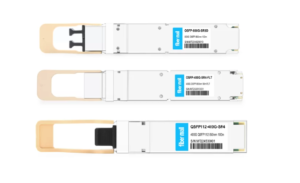
800G SR8 and 400G SR4 Optical Transceiver Modules Compatibility and Interconnection Test Report
Version Change Log Writer V0 Sample Test Cassie Test Purpose Test Objects:800G OSFP SR8/400G OSFP SR4/400G Q112 SR4. By conducting corresponding tests, the test parameters meet the relevant industry standards, and the test modules can be normally used for Nvidia (Mellanox) MQM9790 switch, Nvidia (Mellanox) ConnectX-7 network card and Nvidia (Mellanox) BlueField-3, laying a foundation for
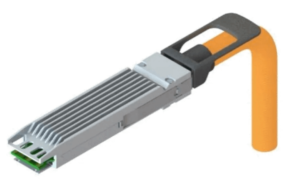
Direct Integration of a Bare-Die DSP in 800G AEC
Introduced the world’s first 800G active cable (AEC) product with a barebone digital signal processor (DSP) at DesignCon 2025. Scheduled for a Q4 2024 release, this breakthrough innovation removes the conventional packaging layer of the DSP chip. Instead, the DSP’s bare die is directly embedded into the cable assembly using
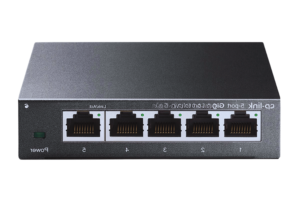
5 Port Gigabit Switch: The Ultimate Guide to Choosing the Right Network Switch
Let’s say you’re perfecting a home office, looking to enhance a small business network, or even fine-tuning a gaming setup. In any of those instances, trying to identify the correct network switch could pose a challenge. Given so many 5-Port Gigabit Switch options available, knowing why a certain option is
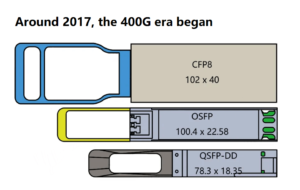
Common Optical Module Form Factors
Optical modules represent a specialized segment derived from the development of the optical fiber communication industry, reaching a certain stage of advancement. In 1960, the laser was invented. By 1962, semiconductors were utilized in laser production. Although the electro-optical conversion efficiency was extremely low and the operational lifespan very short,
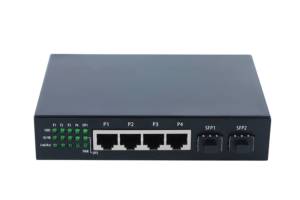
Unlocking the Potential of a Fiber Optic Switch in Modern Networks
Fiber optics has transformed contemporary network systems’ efficiency, dependability, and construction, owing to the sheer speed provided. Fiber optic switches are critical components of such structures for their ability to control the efficacy of information processing over sprawling tangled frameworks. This piece analyzes how these switches can make a difference
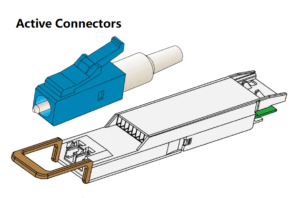
Active Connectors: LC, CS, SN, MPO, PC, APC
Active connectors are passive optical devices frequently used in conjunction with optical module interfaces. These connectors, which are attached to the optical side of a module, generally adhere to standardized processes to form universally accepted physical and performance interfaces, thereby enabling interoperability among various manufacturers. Standardization, as a process, involves
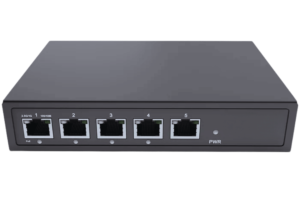
Unlock the Potential with a 2.5 GB Switch: The Ultimate Guide to Multi-Gigabit Networking
Traditional gigabit Ethernet is being replaced with multi-gigabit networking because modern computing and connectivity demands have outgrown it. This shift is driven by the need to lower cost and improve access to fast network performance—what is popularly termed as the 2.5 GB switch. You may be a tech aficionado looking
Related posts:
- Is the CX7 NDR 200 QSFP112 Compatible with HDR/EDR Cables?
- Is UFM as Functional as Managed Switch and Unmanaged Switch?
- What FEC is Required When the 400G-BIDI is Configured for Each of the Three Operating Modes?
- What Type of Optical Connectors do the 400G-FR4/LR4, 400G-DR4/XDR4/PLR4, 400G-BIDI (400G SRBD), 400G-SR8 and 400G-2FR4 Transceivers Use?
